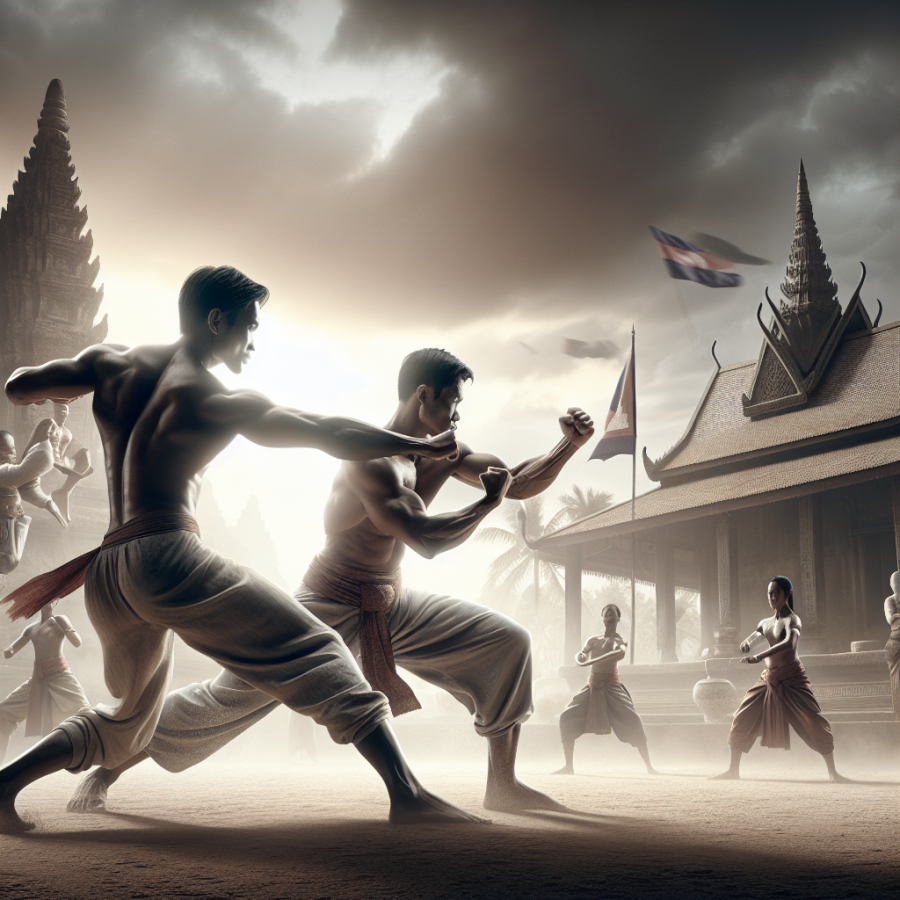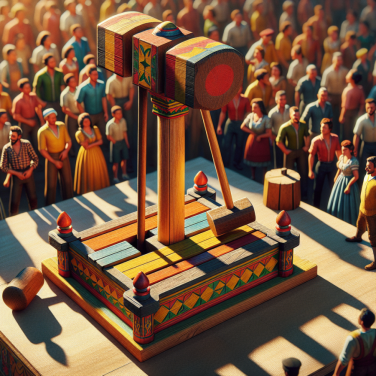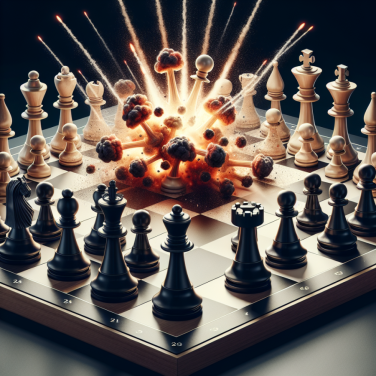Bokator in Modern Times: Reviving an Ancestral Warrior Tradition
Bokator, the ancient Cambodian martial art that represents more than just physical prowess, is undergoing a remarkable revival in modern times. Some may say it's a renaissance of this ancestral warrior tradition, as it steadily reclaims its place in the fabric of Cambodian culture and attracts interest from martial arts enthusiasts worldwide.
The modern revival of Bokator stems from the desire of preserving cultural identity and history. Cambodian masters of Bokator, who carried the knowledge through generations, have taken significant steps toward resuscitating this martial art. They teach classes and workshops aimed at passing down the techniques to younger Cambodians and foreigners. This resurgence can also be attributed to a growing awareness of the uniqueness of the tradition and a national pride in local heritage.
Today's practice of Bokator goes beyond mere combat. It is seen as a holistic approach that encompasses mental discipline, physical fitness, and a connection to spiritual traditions. It imparts values such as respect, patience, and courage, which are vital in personal development. This blend of physicality and philosophy makes Bokator particularly attractive to people seeking more than just fighting skills.
Recognition from international bodies has played a crucial role in the promotion of Bokator. Efforts to include it in martial arts competitions and cultural exchanges have given Bokator practitioners an international platform to showcase their skills. The inclusion of Bokator in the Southeast Asian Games is a testament to its rising prominence as a competitive sport.
Moreover, Bokator has seen a surge in media attention, which significantly contributes to its rebirth. Documentaries and news stories highlighting the art form have sparked curiosity and interest globally. Social media and the internet allow practitioners to share aspects of Bokator training and performances, creating a digital footprint that reaches a vast audience.
Tourism is another area where Bokator is leaving its mark. Performances and demonstrations have become a cultural attraction, and tourists in Cambodia seek authentic experiences that reflect the country’s history and traditions. As a result, Bokator schools also serve as a draw for visitors wanting to learn about Cambodian martial arts, furthering economic opportunities for local communities.
Additionally, Bokator is beginning to find its way into modern self-defense programs, providing practical applications for today's needs. Its comprehensive techniques, involving strikes, throws, locks, and the use of weapons, offer a well-rounded defense system.
Despite these advances, challenges remain in the revival of Bokator.
Read also:
Understanding the Olympic Qualification Process for Soccer Teams
Tracing the Roots of Bokator: Cambodia’s Martial Heritage
Tracing the roots of Bokator takes us back to the ancient Khmer Empire, revealing a martial heritage woven deep into the fabric of Cambodian culture. Bokator is often considered one of the oldest fighting systems in Cambodia, predating the more commonly known Angkorian era which began in the 9th century. According to oral traditions and ancient carvings, this combat art is said to have been used by soldiers during the Khmer Empire, making it an integral part of Cambodia's military history.
Historians and martial art experts have studied the intricate bas-reliefs found on the walls of the Angkor Wat temple complex to gain insights into Bokator. These carvings depict warriors in battle and are believed to show various techniques and postures of the art. Notably, Bokator fighters are typically represented wearing blue and red silk cords called 'sangvar day', a tradition that is still part of the practice today.
The term Bokator is derived from the Khmer words 'bok' meaning "to pound" and 'ator' meaning "a lion," translating to "pounding a lion," which symbolizes the strength and courage of the practitioner. This ancient art form is distinguished by its broad technique repertoire that includes strikes, throws, ground fighting, and joint locks.
Bokator practitioners, known as 'yutakhun', aim to mimic the characters and movements of animals. There are several hundred different animal styles, which are believed to be inspired by observing wildlife and the way each animal defends itself and fights. Each style carries its own unique set of movements and strategies. For instance, the bird style embodies agility and precision, the horse style incorporates stability and powerful charges, while the lion style represents raw power and dominance.
During the devastating Khmer Rouge regime, Bokator, along with other cultural practices, faced near extinction as practitioners were persecuted and killed. The art survived due to the efforts of a few grandmasters who passed their knowledge on to younger generations in secret.
The revitalization of Bokator began in earnest after the fall of the Khmer Rouge, thanks to the work of martial arts experts who sought to preserve and promote the ancient art. Grandmaster San Kim Sean is often credited with rescuing the art from oblivion. He opened schools and began formally teaching Bokator, ensuring that the ancient techniques were not lost to time.




